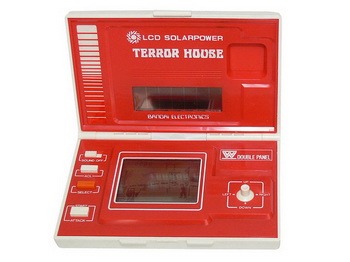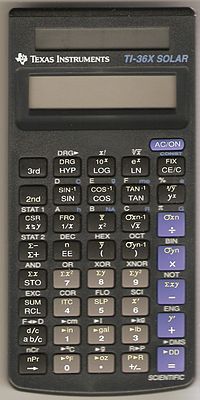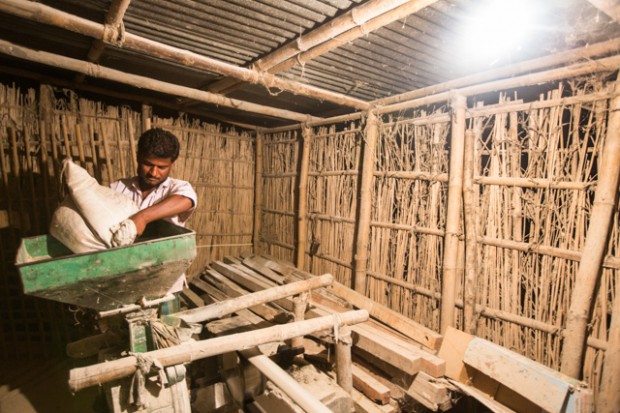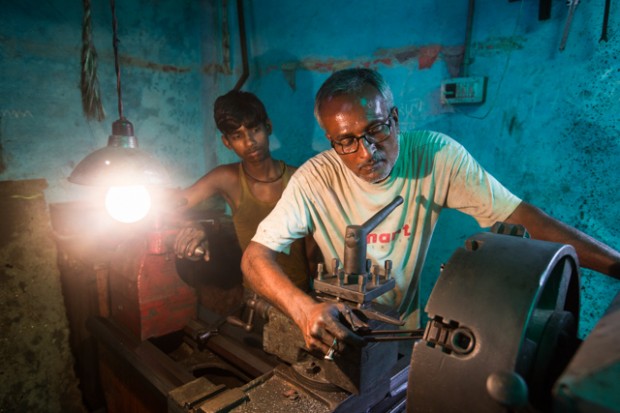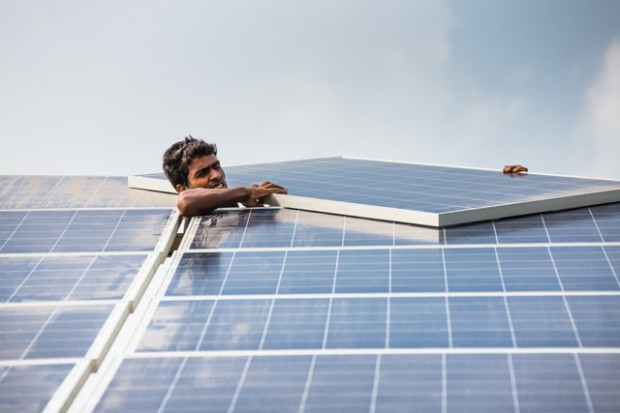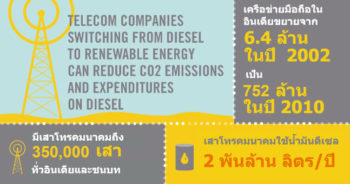Pariphan Uawithya, Senior Program Associate, Rockefeller Foundation
Owning a solar-powered handheld game in the 1980s was a dream for many Thai children. On hot tropical Saturdays in Bangkok, I would remember huddling up with my school friends under trees, trying to get dappled sunlight onto our Japanese solar-powered handheld games. My objective was simple – to skillfully maneuver a spaceship away from incoming asteroids while making sure that there was constant sunlight streaming to keep the game operating. Even at school, I remember students cramming inside libraries and courtyards, and how the ones with solar-powered calculators would sit closer to the windows in order to catch the sunlight.
Solar technology could be traced as far back to the 7th BC. We have been using solar technology for entertainment and education since we were young, and as technology advances, we are now using solar technology to power more electrical appliances, for home lighting, to even running cities to reduce energy costs and environmental impact. Today, Bangkok witnesses far more solar-powered traffic and road signs than ever before, as well as an increasing number of installed solar panels on buildings’ rooftops.
In a nation where 99% of the population have access to electricity through the expansion of expensive central grid power system, is there room for renewable energy growth?
The answer is yes. Approximately 1.3 billion people globally still lack access to reliable, affordable means of electricity, without which poor communities are limited in their ability to enhance their incomes, improve food security, educate their children, access information, and maintain good health. Although only 1% of Thailand faces energy poverty, mostly in rural areas, the country faces a greater challenge in not only securing reliable and affordable power, but operating a resilient power system.
As electricity demands grow in Bangkok and medium-sized cities nationwide, Thailand has a finite amount of energy sources and face volatile energy costs, public’s resistance to large energy projects, and competing domestic demands from neighboring countries like Myanmar and Cambodia. At the same time, generation costs from renewable energy (non-hydro) is becoming much lower due to technological advancement and policy support. Solar electricity also has a high prospect of becoming cheaper and more efficient than fossil fuels in the foreseeable future.
As Thailand continues to churn out renewable energy policies, for example the solar rooftop policy and alternative energy development plan to meet renewable energy targets of 25% by 2022, the country needs to re-examine its power generation, transmission and distribution model.
A recent study by Thailand’s Energy Research Institute suggests that integrating distributed renewable energy system (installed capacity of <10 MW) will create a more reliable, resilient, secure and stable electricity grid provided that there are supportive regulation and ecosystem.
Power will be generated at distributed renewable energy power plants near cities, minimizing long-distance transmission and transmission loss. Shifting to a decentralized renewable energy system will improve our nation’s ability to handle volatile fossil fuel costs, depleting gas reserves in Thailand, and stronger and more unpredictable and disruptive climate patterns, which will inevitably affect electricity generation capacity of hydro-power plants. Sizeable distributed renewable energy systems will also reduce dependencies from coal power plants and additional hydro power plants.
Despite progress, there are several challenges for expanding renewable energy systems, such as financing, grid-connectivity regulation and policies, power purchase agreement arrangements, operational and licensing complexities. However, we are learning that we can promote sustainable business models that deliver renewable electricity and spur economic development at the same time.
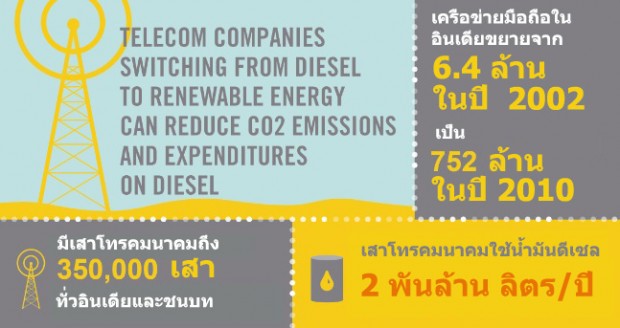
Initiated by The Rockefeller Foundation in 2010, the Smart Power for Rural Development program is one of the first distributed renewable energy solutions that allows consumers to utilize power for multiple uses through mini-grids for lighting and productive use. The program will initially focus on India, where more than 300 million people still do not have access to electricity, and support energy service companies (ESCOs) to electrify 1,000 villages or about 1 million people in the next three years (2014-2017). We will support an ecosystem that will enable mini-grid systems to connect with central grids to enhance the last mile distribution and increase the resilience of overall grids.
Research supported by The Rockefeller Foundation revealed that in India, 50% of total rural household demand for electricity will need to be met by solutions beyond the traditional grid, largely by renewable energy mini-grids. Its renewable energy sector is also nascent, similar to Thailand, and provides an opportunity to bring together a wide range of players to create a financially sustainable model.
Through partnerships with energy service companies (ESCOs), telecom tower operators, investors, non-governmental organizations (NGOs), and government agencies, we can enable more distributed renewable energy power plants to be built. This includes leveraging major consumers of electricity, like telecom towers that are expanding rapidly in rural areas, so that they can assure a sustained and steady revenue for ESCOs while reducing their dependencies on expensive diesel fuel. Moreover, the program is also promoting micro-enterprise development in rural areas through loans, community engagement, and skills development, to boost demand for electricity beyond household lighting in order to attract more ESCO investments.
Today, we are beginning to see transformational changes. On an island in the River Ganges that have been shrouded in darkness for decades, a new wave of entrepreneurial energy is surging as access to electricity is triggering new income generating activities for villagers.
In Bariar Chak, one of the remote villages on the island, Raja Ram, a first aid practitioner, is expanding a business idea with promising implications for public health. He works in a small wooden shack, a few hundred meters on the outskirts of the village, and keeps medicines stored in a wooden cabinet. He aspires to set up a medicine shop equipped with a refrigerator now that electricity will be available through a solar power plant that has been built on the island.
In the state of Bihar where most villages receive on average 2-3 hours of electricity, Tamesh used to makes furniture for people using a diesel-powered wood cutting machine, purchasing 15-20 liters of diesel every month at 400 Baht (800 rupees). For him, running the machine was not only expensive but the diesel fumes and noise made running it for long durations very difficult. After switching to electric power, he saves over 100 Baht (200 rupees) every month. His savings has enabled him to hire more workers and even get enough electricity for 2 or 3 light bulbs and a fan in his house for four hours every day.
As Thailand’s distributed renewable energy sector continues to evolve, the country is moving a step closer to creating a more resilient and self-sufficient economy where everyone could be a power producer, generating power to meet partial consumption needs and selling power to the grid. In addition, Thailand could position itself as a learning hub for ASEAN countries, modeling distributed renewable energy systems, and innovating low-cost renewable energy technologies for large and small distributed renewable energy systems suitable for other Southeast Asian countries, a region where more than 130 million people still do not have access to electricity.
In the upcoming years, the Foundation will use the experience and insights from India to explore how to support greater economic development by scaling up a viable distributed renewable energy system model for rural electrification in other geographies in Asia and Africa.
